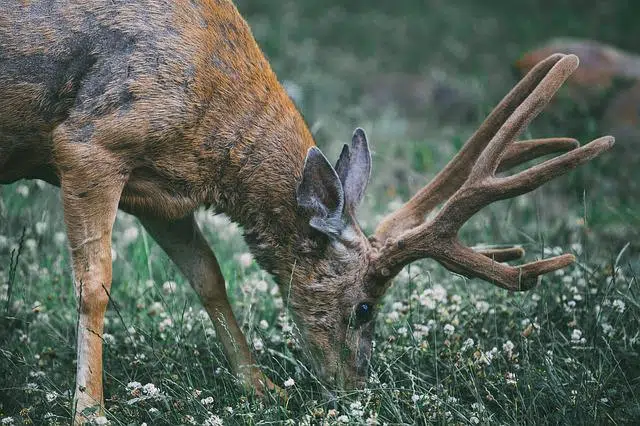
The food web is also known as the food chain, trophic chain or food chain.
The structure formed by the feeding interrelationships between the members of an ecosystem is known as a food web . Through this network , the different species transfer nutrients and energy : each species feeds on another and in turn is food for a third.
The food web is also called the food chain , food chain or food chain . Species are the nodes of the network or the links of the chain: to survive, they obtain energy from those that are located at a lower level. In other words: one species, by feeding on another, receives what it needs to continue living.
Protagonists of the food network
It is important to establish that in every food chain three types of protagonists can be established, such as the following, based on the passage of energy:
-The producers , which would be the plants and which are characterized because they have the ability to generate energy on their own, specifically through the process known as photosynthesis.
-Consumers , who are animals and what they do is obtain energy by feeding on other species. This would be the case, for example, of carnivorous animals.
-The decomposers . These are the beings that what they do is degrade the organic matter that has been derived from the other "scales" of the food chain.
Starting from all this we find the fact that the food web, triangular in shape, is composed of the following levels, from the lowest to the highest: decomposers, plants and consumers, where herbivores, primary predators and secondary predators are found. .

Depending on their position in the food web, living beings can be classified as producers, consumers or decomposers.
How the chain works
Because it is a network or chain , the species that eats another is, simultaneously, food for a different species. For example: a snake can feed on a rodent, but at the same time it is prey for a hawk. The rodent, for its part, is ingested by the snake and feeds on insects. Thus, based on the links between the members of the biological community, the food network is formed.
This functioning of the food web means that, if one species disappears, the entire system becomes unbalanced and may even collapse. Suppose that, due to the action of man , a species X becomes extinct. All the animals that fed on that species are left without food and can no longer survive. In turn, those species that were preyed upon by the disappeared species begin to multiply their number of specimens, something that ends up exerting pressure for the disappearance of new species.
In addition to this circumstance, the food network can be affected for numerous other reasons. Thus, specifically, one of the most serious damages that can be suffered is acid rain . And this can cause the elimination of, for example, phytoplankton, which is what insects feed on. Result? That when that one disappears, these can survive as they should so they could die and that would trigger that, in turn, the animal species that eat those could end up going through the same trance and so on with the rest of this food chain. .
